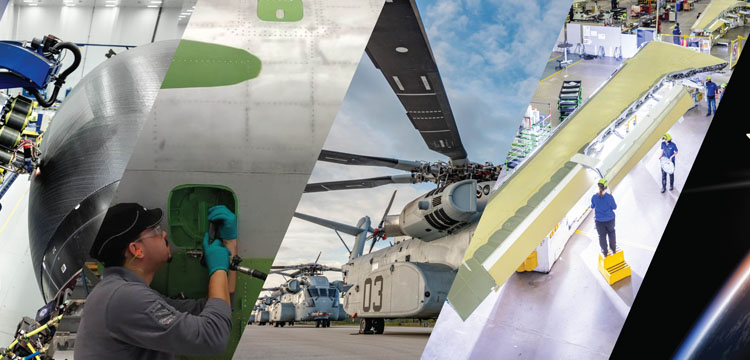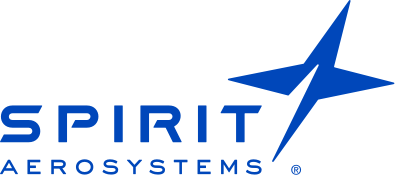

Building Next-Gen Aircraft Requires Agility
Building the next generation of passenger aircraft, whether for advanced air mobility or transcontinental travel, will require an agile design-to-production process. These clean-sheet aircraft designs will introduce new technologies, such as propulsion systems, and have the potential to drive new or modified regulations, requiring designs and certification approaches to be adaptive to new rules as they are defined.
This is already the case for advanced air mobility—where the preferred platform is electric vertical take-off and landing (eVTOL) aircraft. And it will be similar for the next generation of transport category aircraft—where the industry is looking towards supersonic flight and decarbonization.
Whether companies are designing entirely new aircraft types or components (e.g., engines, propellers, etc.), the platforms must be certified airworthy by regulators. But when innovation results in new aircraft types and components, existing standards may need to change.
This is where agility in design-to-production is key.
Innovative platforms and components, like eVTOL aircraft or engines using liquid hydrogen fuel, are time and capital-intensive to develop and certify. The FAA estimates that the certification of a new aircraft type takes around five to nine years, with recent examples supporting this estimate. The airworthiness certification of the clean-sheet Boeing 787 Dreamliner and Airbus A350 took seven and eight years, respectively.
With a prolonged road to certification, companies seeking to advance the future of aviation must operate for years without this product in the market, generating revenue. This makes it important for the design-to-production process to be as flexible and efficient as possible.
Technology will be fundamental
It’s why we’ve invested in establishing a digital environment connecting our design, engineering and manufacturing functions through a digital thread. In the environment, teams can perform their work, collaborate in real-time and conduct simulations using digital twins.
This increased connectivity improves decision-making and efficiency from initial design to production. It establishes a development workflow that’s agile and can respond to future certification standards, while also supporting design for manufacturability and design modifications needed over the aircraft’s full lifecycle.
The digital environment gets these capabilities from its use of authoritative models and the transmission of information to stakeholders in real-time. These two items provide a continuous view of the project, known as a single source of truth, enabling project teams to review and react to design changes concurrently.
For example, next-generation aircraft powered by liquid hydrogen engines need larger fuel tanks to carry more fuel since liquid hydrogen is less dense than kerosene; more fuel will be needed to travel the same distances as today’s commercial jet-powered aircraft. This presents a design challenge for engineers as larger fuel tanks add weight to the aircraft’s total empty weight.
The challenge is a perfect match for the digital thread.
Add in the potential for yet-to-be-defined airworthiness standards for liquid hydrogen-powered platforms, and you can quickly see why building the aerostructures of tomorrow requires agility.
Digital thread provides agility to develop next-gen aircraft
Through the digital thread and its connected digital tools, engineers can experiment with designs, test them using a digital twin, and see how adjustments to a single component, such as fuel tank size in liquid hydrogen-powered aircraft or battery storage in eVTOL vehicles, impact the overall platform’s design and manufacturability.
This type of agility in the development process is crucial in adjusting next-generation aircraft designs to accommodate airworthiness standards as they are written. The digital thread supports a flexible and efficient design-to-production process ready to meet the needs of companies working to move the industry and aerospace forward.
Learn more about our digital capabilities in this blog post covering Spirit One.


